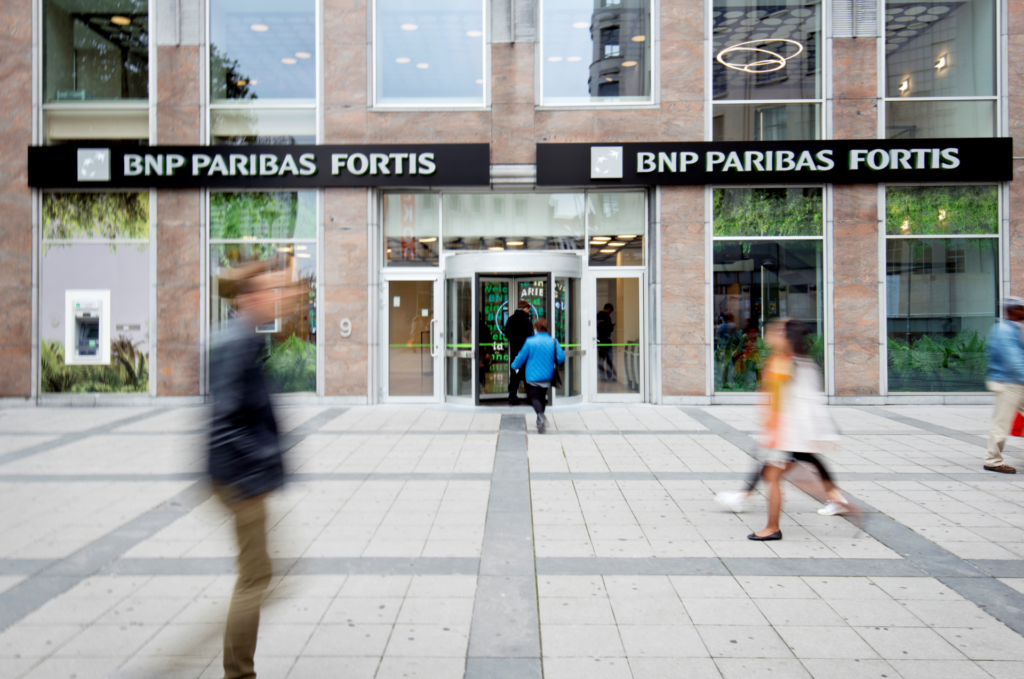16% of the Belgian population does not use online banking, according to a report published by the non-profit organisation Financité on Friday. This equates to 1.9 million Belgians.
Financité's report shows that 1.9 million Belgians aged between 16 and 74 do not use online banking services – 16% of the population. This concerns 54% of those aged between 75 and 89.
In this context, Financité has stressed the impact that bank closures have on citizens who are not digitally connected.
"People often think the digitalisation of banking services affects only a small percentage of the population," said financial inclusion researcher Anne Fily. "However, 1.882 million people are impacted and suffer from the closure of bank branches and self-service banking facilities."
"This statistic is probably an underestimation," she continued. "With the disappearance of bank branches and ATMs, many elderly people who are not digitally literate are forced to rely on a third party to access their account and therefore their money [...] These people are losing their autonomy and can be victims of abuse."
Decline of ATMS
The same report highlights that the number of bank branches is on the decline, with a decrease of 9.71% between 2022 and 2023. Since 2011, Belgium has lost 77.62% of its bank branches.
Earlier this week, VRT reported that technical and safety requirements are limiting the number of ATMs which can be installed in neighbourhoods across Belgium.

Credit: Belga / Virginie Lefour
By the end of 2023, there were 4,056 ATMs according to Febelfin and 4,076 according to the ECB. On average, Belgium has one ATM for every 2,886 residents compared to one for every 1,312 residents in the eurozone.
Earlier this year, it was reported that ATM shortages primarily affect poorer neighbourhoods. There have been calls for greater transparency on how ATMs are distributed.

